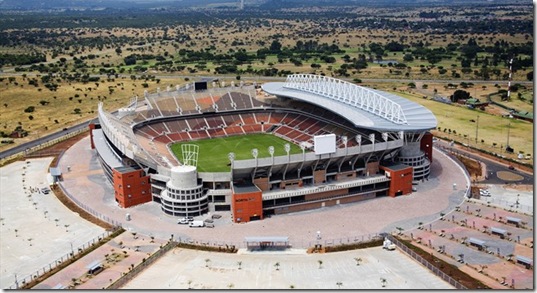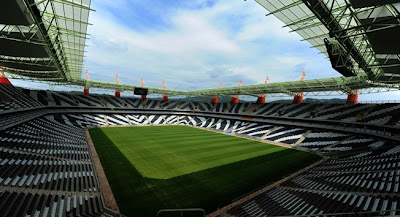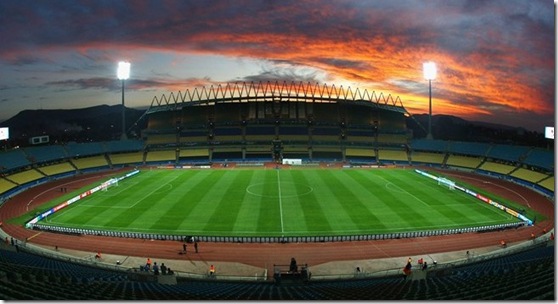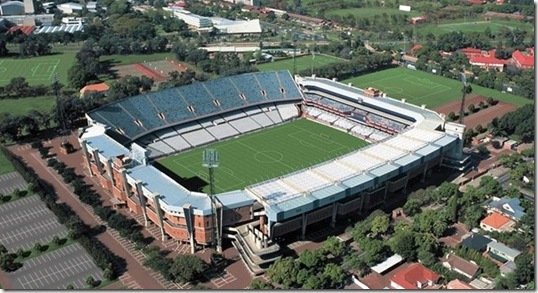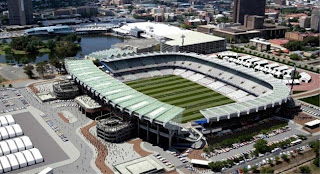Prabha Kant Sinha contributes $2m to IIT, Kharagpur for a Bio-fuel Research Centre. Discusses with other alumni the challenges and opportunities of Bio-fuel in India.

Dr. Prabha Kant Sinha, an alumnus, has contributed $2m toward setting up the “P. K. Sinha - Bio-fuel Research Centre” at IIT Kharagpur . The centre is already up and running and is engaged in researching the opportunities and challenges of Bio-fuel, such as, Bio-ethanol, Bio-diesel, Bio-hydrogen, Microbial Bio-fuels in the Indian context. Prabha earned his Ph.D. at MIT and B-Tech. at IIT KGP (class of 1970). He has been an Associate Professor of Marketing at the Kellogg School of Management at Northwestern University until 1987. He continues to teach sales and marketing leaders in executive education programs at Kellogg and at the Indian School of Business. He has co- authored several books that include ‘ Building a Winning Sales Force’ . Prabha co-founded the sales and marketing consulting firm ZS Associates in 1983 and is currently it’s Co-Chairman. Headquartered in Evanston, IL, the firm employs 1500 persons spread across offices located in many countries. For his role in ste
